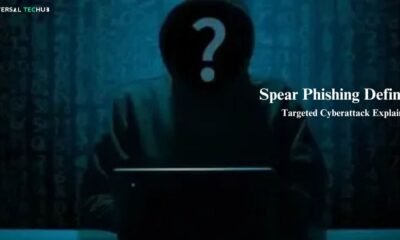Social engineering attack
Spear Phishing Examples: Protect Yourself
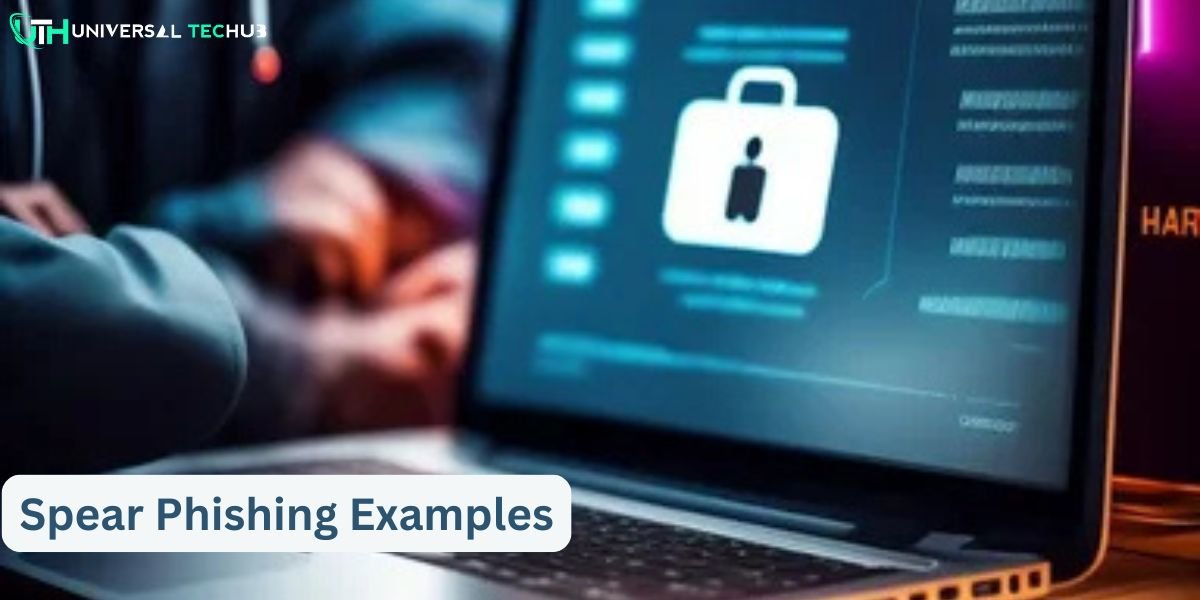
What is Spear Phishing?
Spear phishing is a very concentrated phishing attack that targets a particular individual or group of individuals. In these situations, a criminal, usually posing as a reliable person, tricks a victim into clicking on a fake link in an email, direct message, or text message. Then, without realizing it, the victim provides private data (such as login passwords). Additionally, the victim could install malicious software. Spear phishing examples often highlight how attackers employ social engineering tactics, using private data like the names of friends, places of residence, or employment details to deceive targets.
Despite the apparent simplicity of prevention, these fraudsters entice consumers by employing these tactics effectively. Spear phishing examples may also involve gathering details about places individuals often visit or things they recently purchased online. When creating an email security plan, extra consideration should be given to spear phishing because the attacks are so specific and focused.
Spear Phishing Definition: Targeted Cyberattack Explained
Spear Phishing Examples
Spear phishing attempts may be difficult to see, particularly if you haven’t been the victim of one. However, by understanding the typical spear phishing situations that we outline here, you will be more aware of such efforts in the future.
Cybercriminals use the following methods and instances:
Fake websites
A cybercriminal will carefully design a phishing email with a link to a fake version of a well-known website.
To fool the victim into entering their account credentials, the website mirrors the actual site’s layout.
CEO Fraud
CEO fraud, also known as business email compromise (BEC), is a type of spear phishing in which the attacker poses as a senior executive to carry out a customized phishing attack. The attacker may target vendors, other executives, or a less experienced worker within the organization with these attacks.
CEO fraud, like other phishing attacks, employs social engineering tactics to get money, account access, or sensitive information from its victims.
This spear phishing attack strategy is effective because it requires the identity of a powerful individual. Imagine a humble employee receiving an email from their CEO requesting that they immediately rewire a vendor’s payment details. It’s possible that the employee rushed into the trap in an attempt to satisfy the CEO.
The email fraud that the Government of Puerto Rico encountered in early 2020 is a recent example of BEC. The government lost $2.6 million to the fraud when the con artist fooled them into switching the bank account used for remittance payments.
The goals of a CEO fraud attack may include gaining access to a company’s internal systems, infecting its network, or tricking staff members into sending money to the incorrect account, as is the case in Puerto Rico.
Whaling
Whaling is the term for spear-phishing attacks in which attackers target famous people or senior executives. Politicians, celebrities, and C-level senior executives may fall under this category.
The technique is similar to previous spear phishing attempts. They rely on the fact that the CEO of a company is a human being, susceptible to social engineering scams just like any other employee. Senior executives should have preventative measures in place and exercise extra caution while checking their inboxes because they have better access to corporate data than regular employees.
A fraudster nearly caused Mattel to lose $3 million, a prime example of a successful whale attack. To get the finance director to submit a wire transfer to a Chinese bank account, the fraudster claimed to be the CEO. The suggestion appeared reasonable at the time because the newly hired CEO had been preparing for significant expansion in China.
Clone Phishing
Hackers use clones—as their name suggests—to initiate clone phishing attacks. To deceive victims, hackers copy communications they have read from reliable sources and pose as a certain company. For this reason, using DMARC services to safeguard your company’s domain is crucial.
Clone phishing attempts typically replicate standard communications from the companies they are impersonating, including a sales offer, a notice, or an email requesting that you update your account details.
Frequently, this message will contain a malicious link that takes the recipient to a website that the attacker has cloned, typically a login page. Typically, the address of a cloned website is nearly identical to the original one.
A typo, a letter swap, a dash, or other minor variations characterize it. The user interface, emails, content, and logo of the fake website will match the real one. To obtain sensitive information, hackers will go to extreme lengths to trick fools into entering their social security numbers, login passwords, or other private information on the criminal website.
Malware
An attacker will attempt to fool an employee into clicking on a malicious email attachment in these kinds of phishing attacks. Typically, an attacker executes this type of attack by posing as a delivery notification or invoice.
Discover more:
What is spear phishing attack? A detailed guide
What is spear phishing in cyber security
Spear phishing vs phishing: Understand the Risks
Recap
You must train your staff on the strategies used by attackers if you want to make sure they are prepared to thwart spear phishing attempts. Phishing simulations are particularly effective, as they provide practical spear phishing examples that demonstrate how attackers execute their schemes. While written content can offer valuable insights, these simulations help end users gain hands-on experience in identifying and responding to such attacks. End users thus acquire the ability to recognize spear phishing examples and tactics when they come across them in the future.
Read more blogs:
Baiting Attacks Explained: A Closer Look at Cyber Threat Tactics
Image of Spear Phishing Email with Victims Employerad Link Example
How do spear phishing attacks differ from standard phishing attacks
-
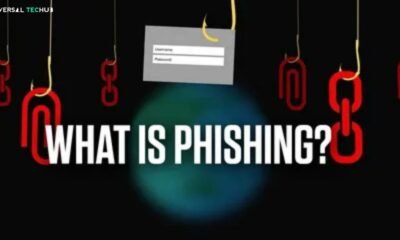
 Phishing attack8 months ago
Phishing attack8 months agoWhat is Spear Phishing and How You Can Identify This Scam?
-

 Social engineering attack10 months ago
Social engineering attack10 months agoBaiting Attacks Explained: A Closer Look at Cyber Threat Tactics
-

 Social engineering attack8 months ago
Social engineering attack8 months agoWhat are Social Engineering Attacks – A Complete Guide to Cyberattacks Prevention
-

 Social engineering attack10 months ago
Social engineering attack10 months agoSpear Phishing Attack: A Targeted Cyber Threat
-

 Social engineering attack10 months ago
Social engineering attack10 months agoWhat is spear phishing attack? A detailed guide
-
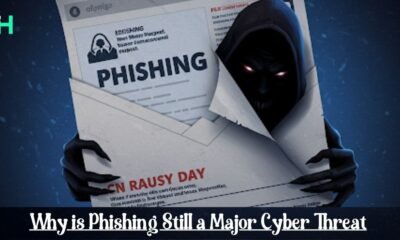
 Phishing attack4 months ago
Phishing attack4 months agoWhy is Phishing Still a Major Cyber Threat? Everything You Need to Know
-
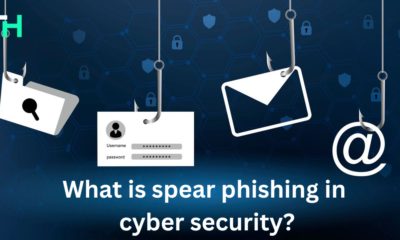
 Social engineering attack10 months ago
Social engineering attack10 months agoWhat is spear phishing in cyber security?
-

 Phishing attack8 months ago
Phishing attack8 months agoWhat Are Phishing Emails? A guide for you








